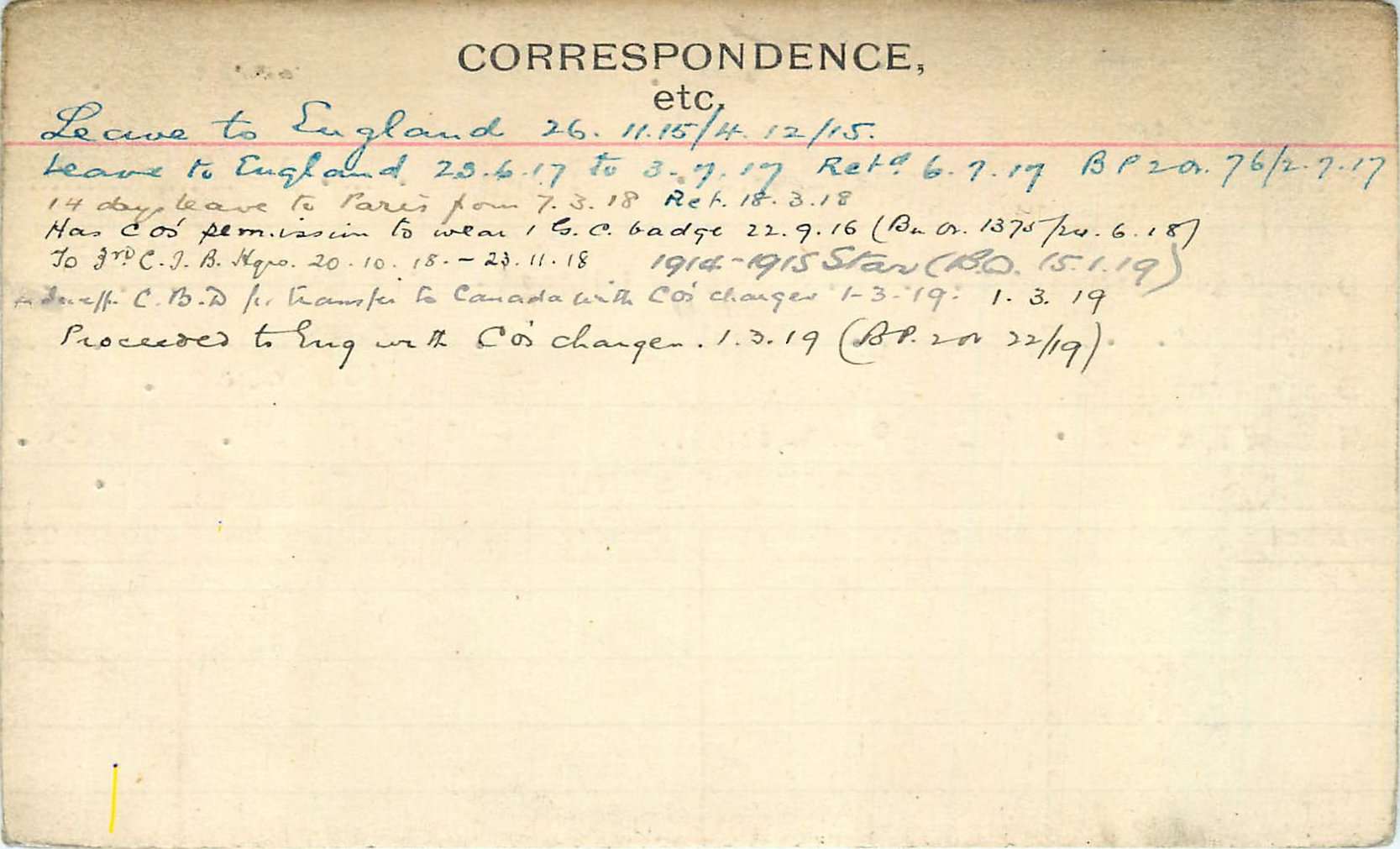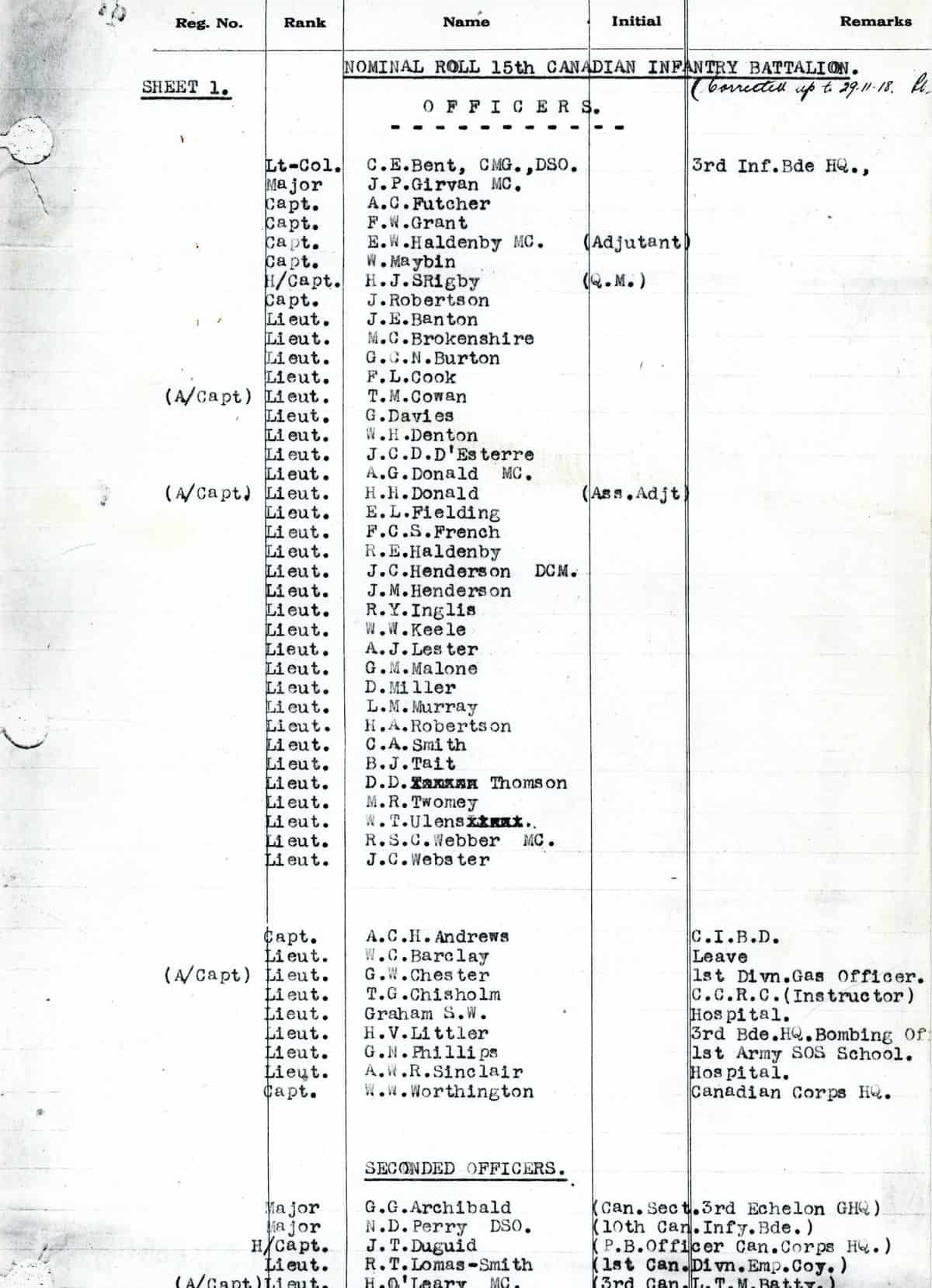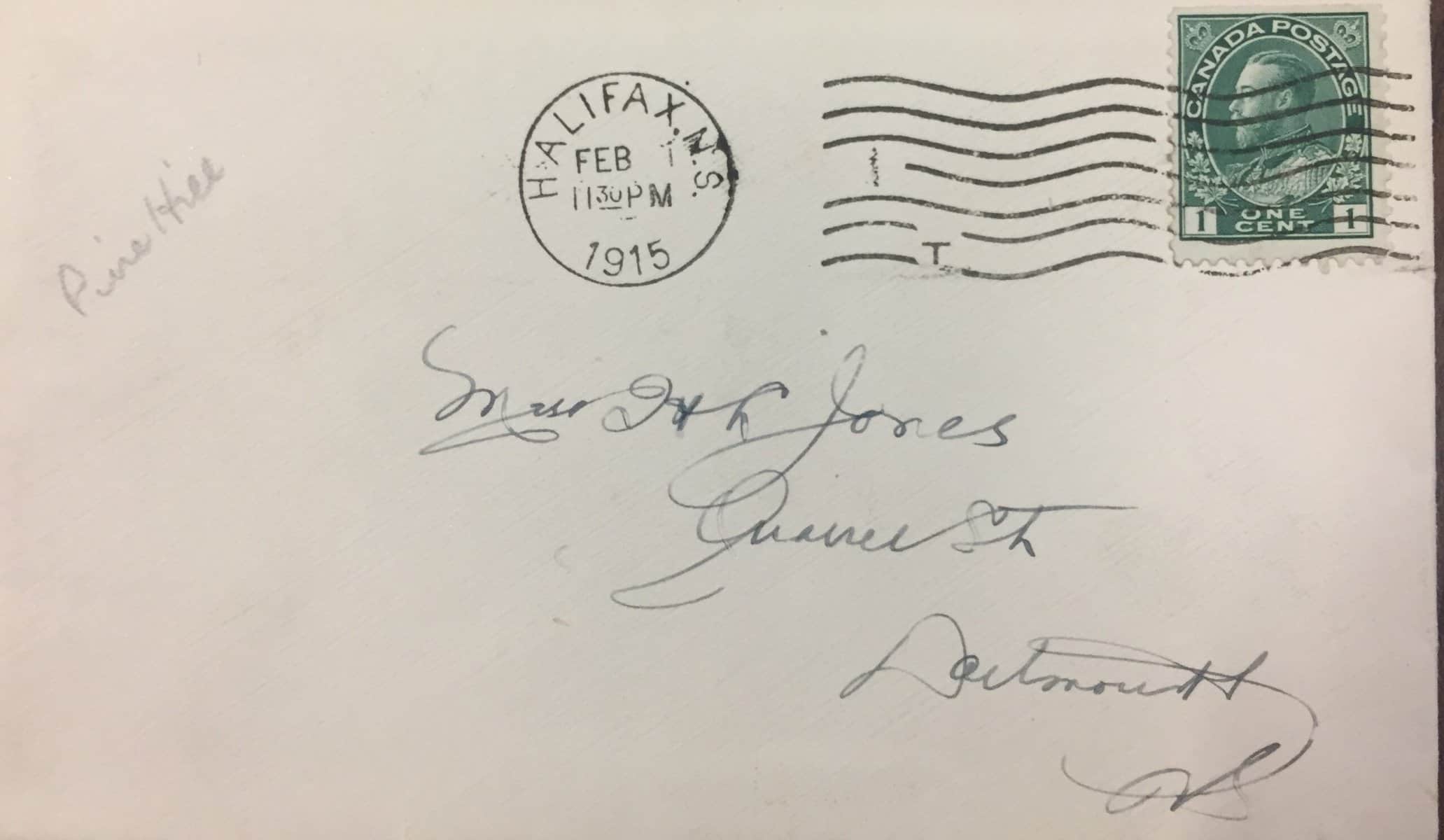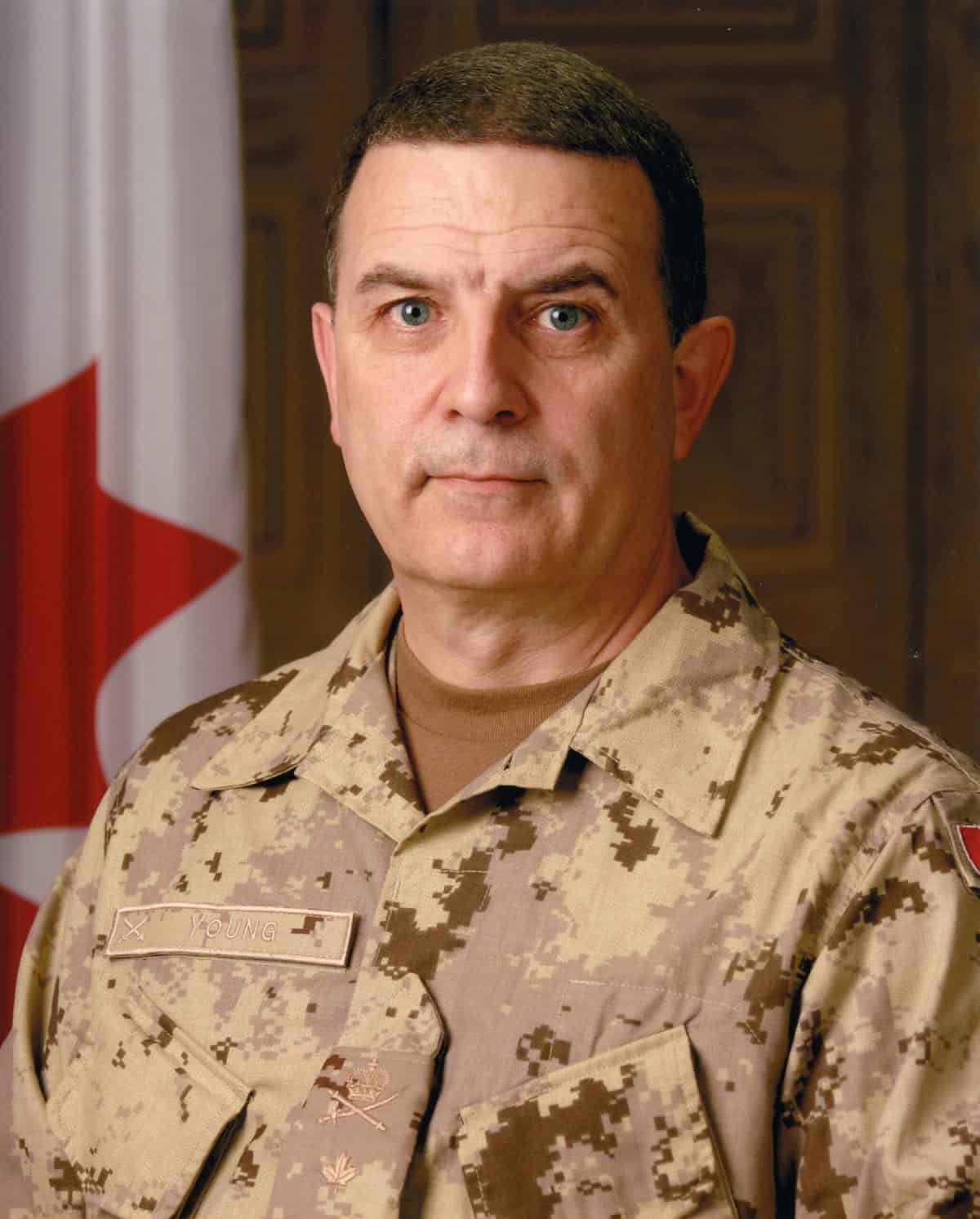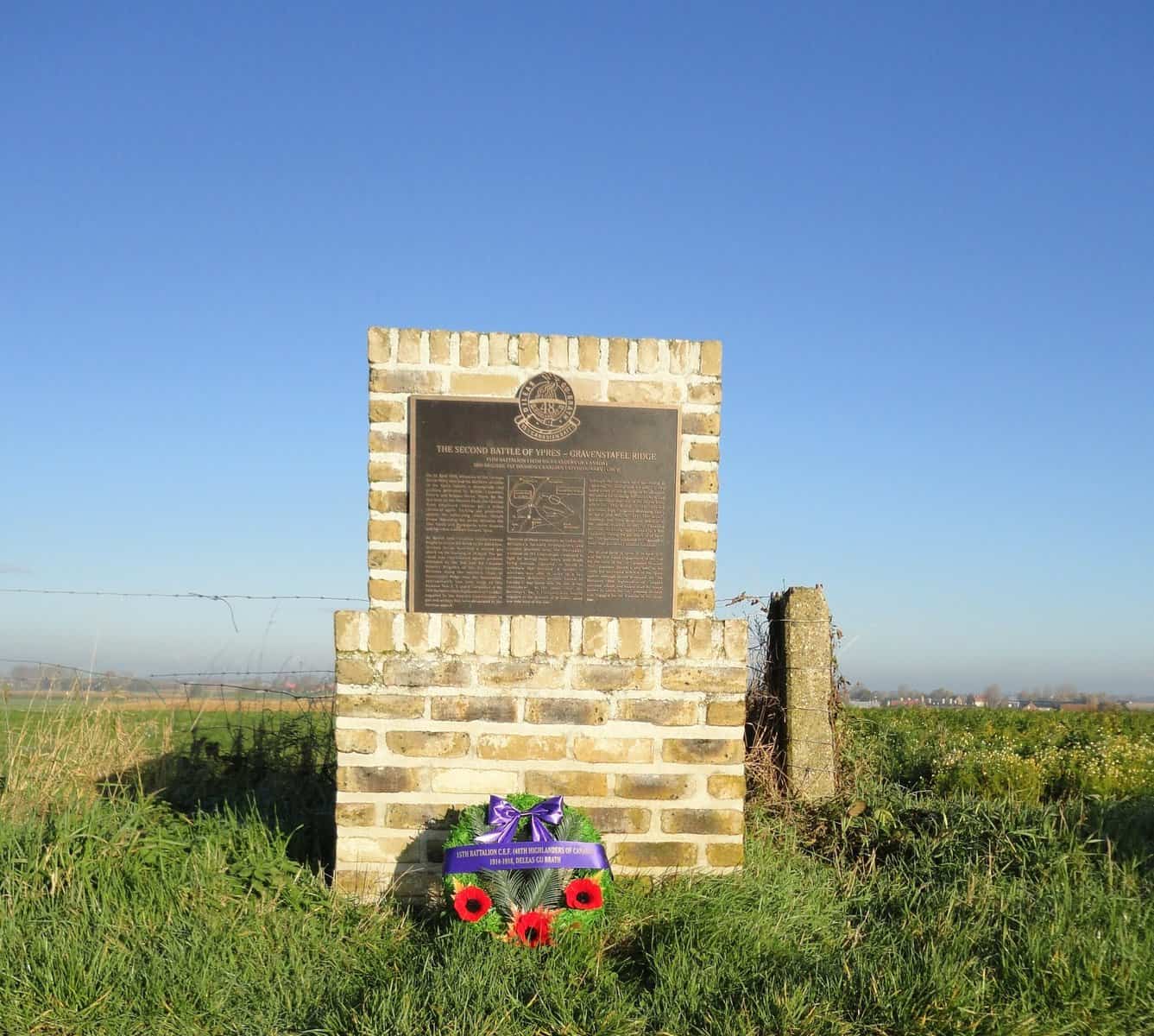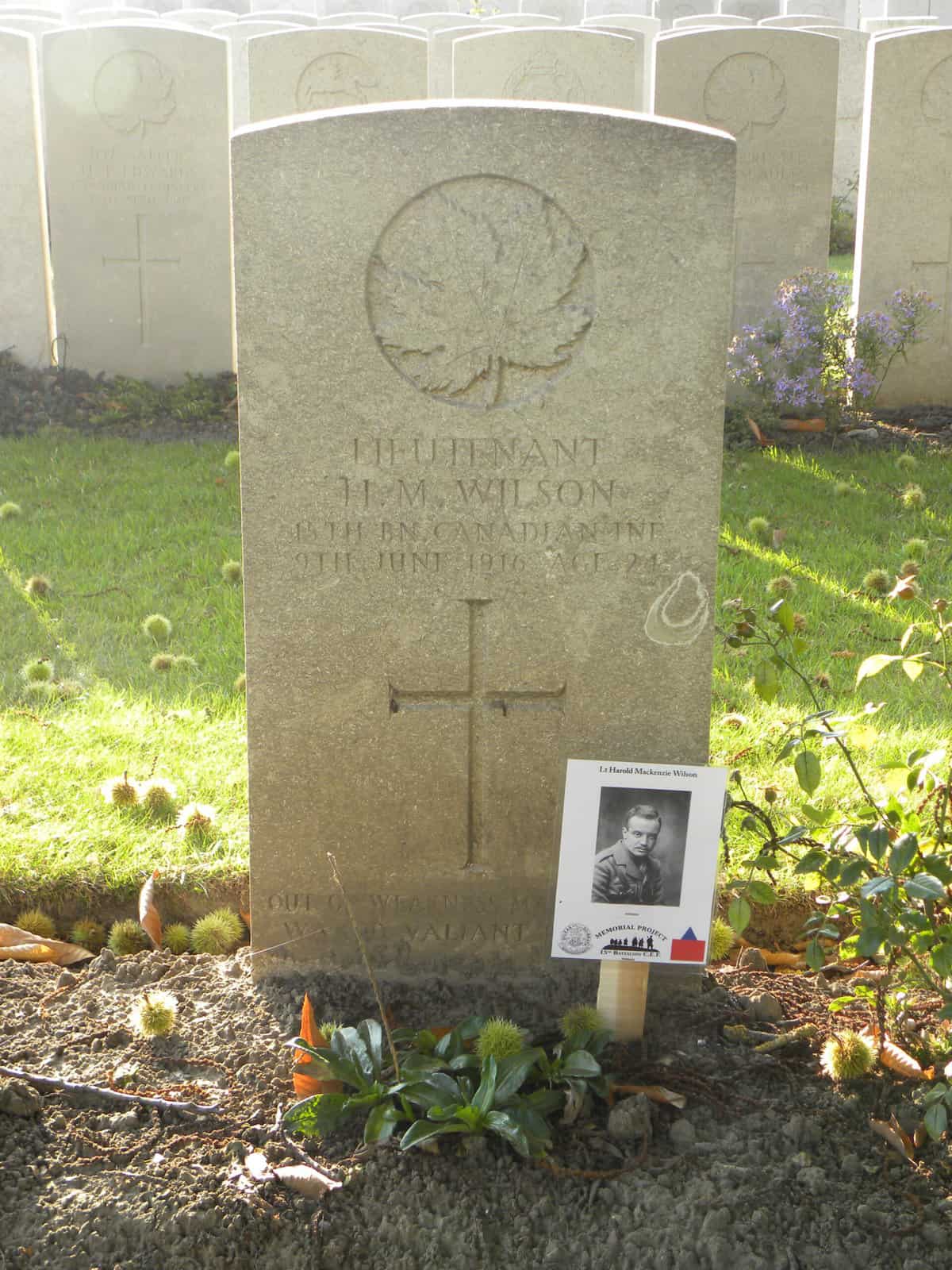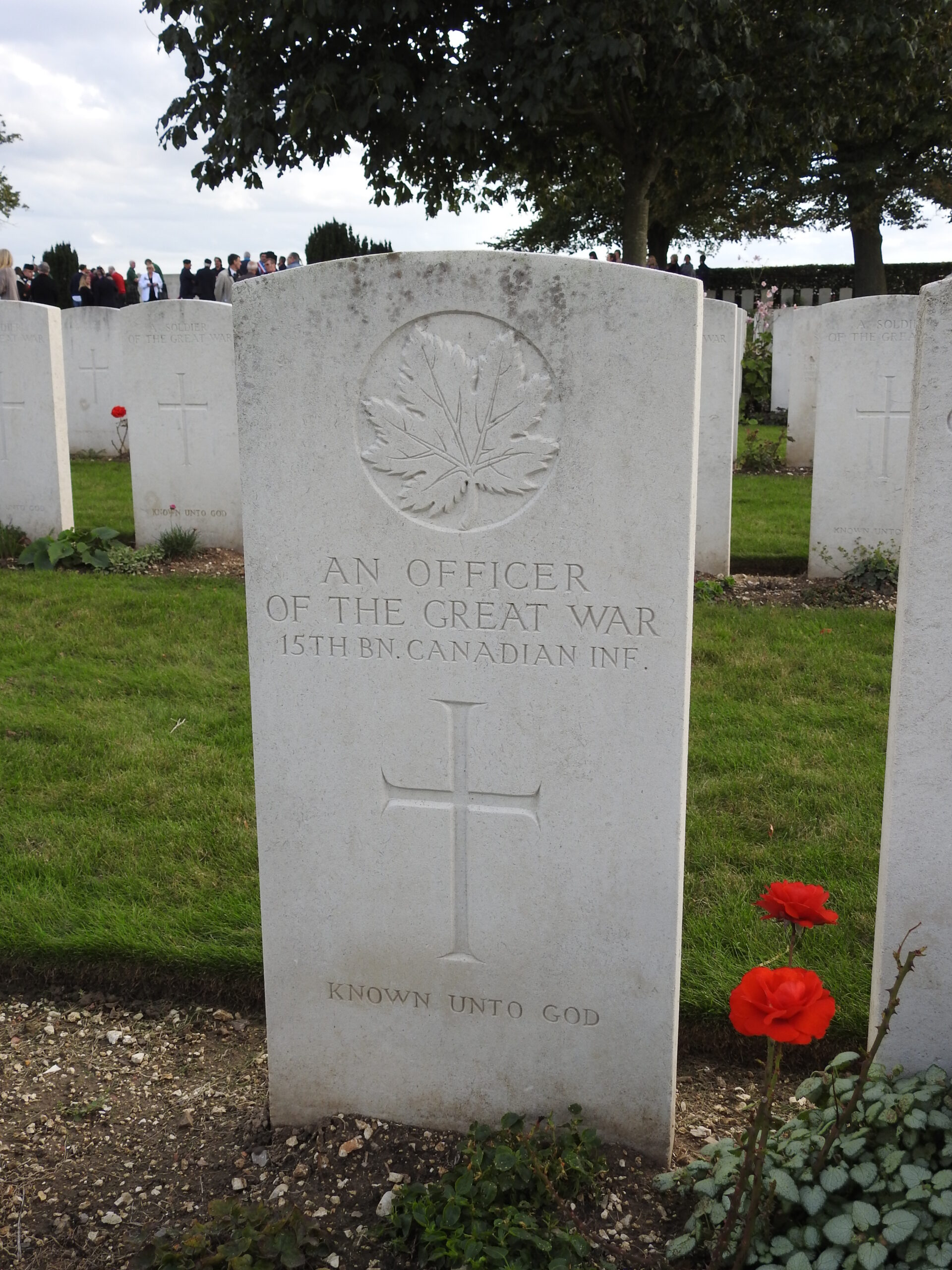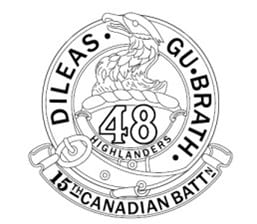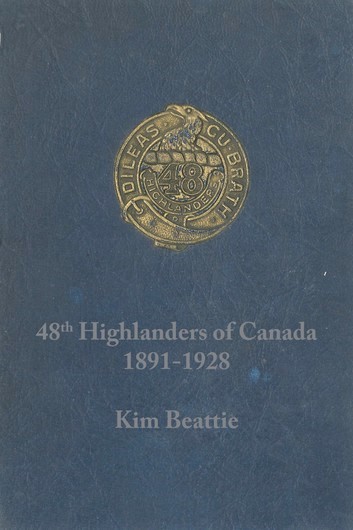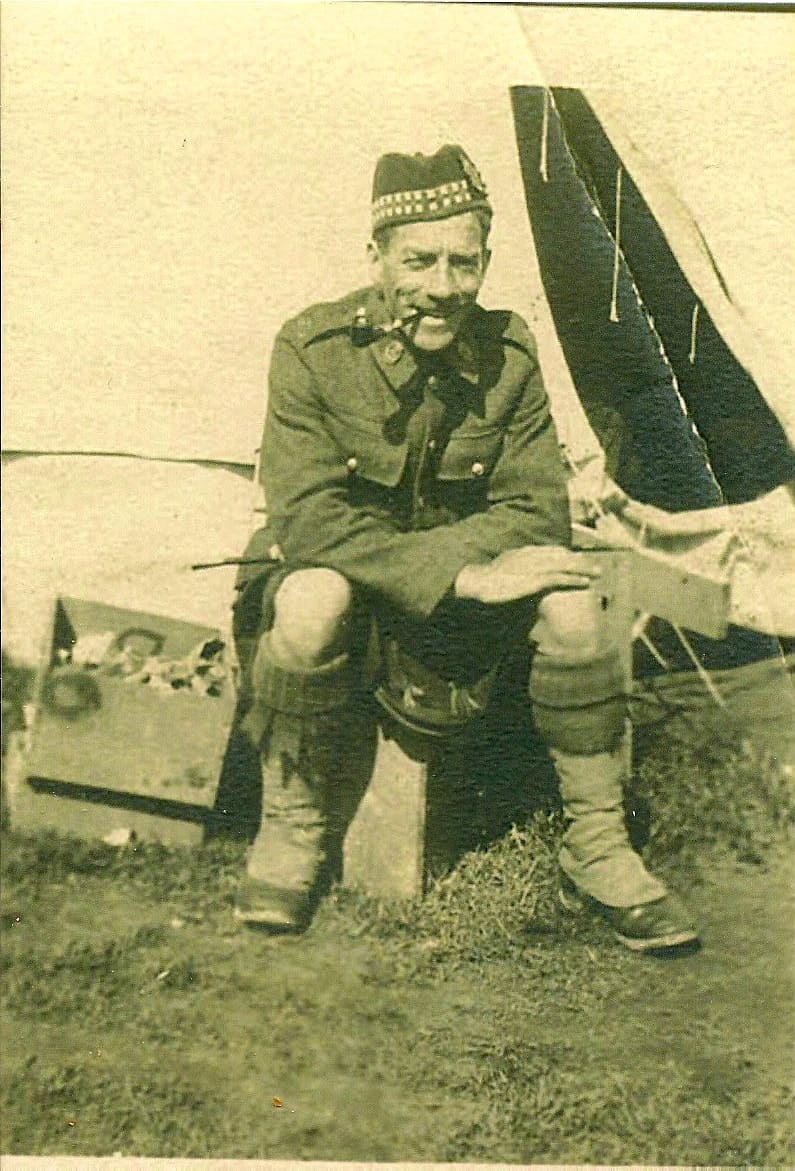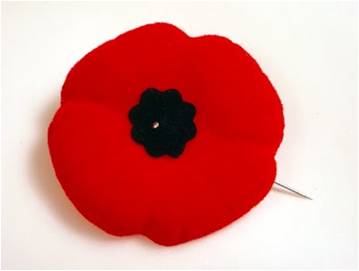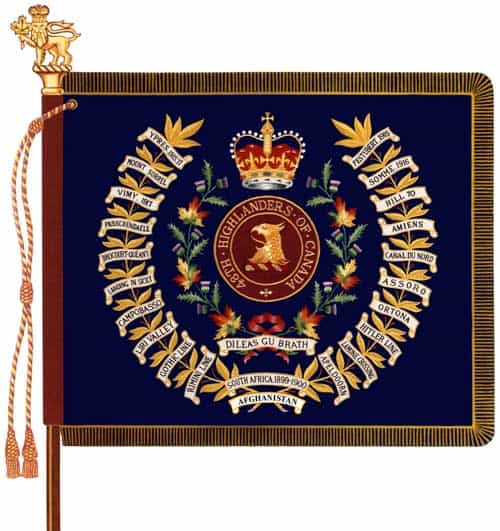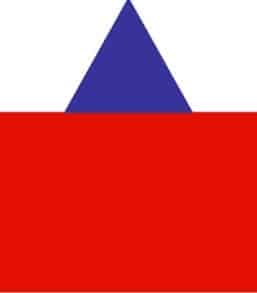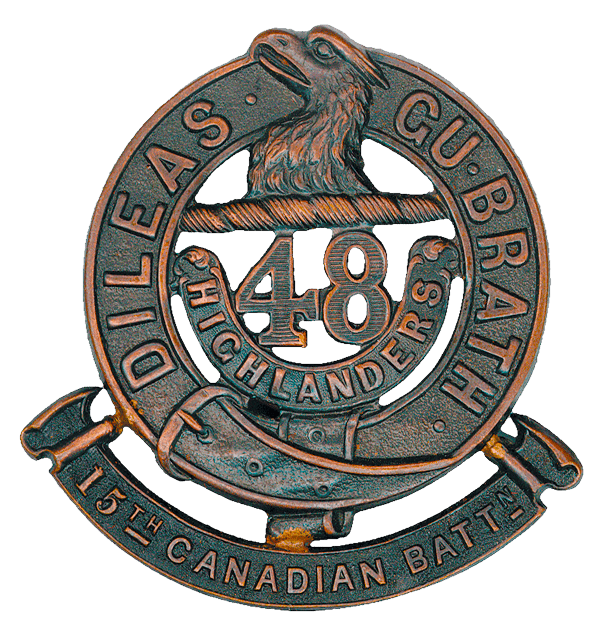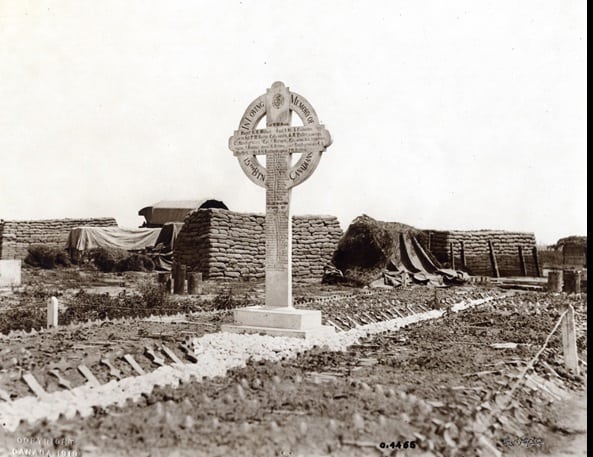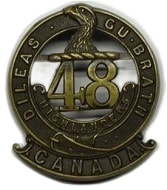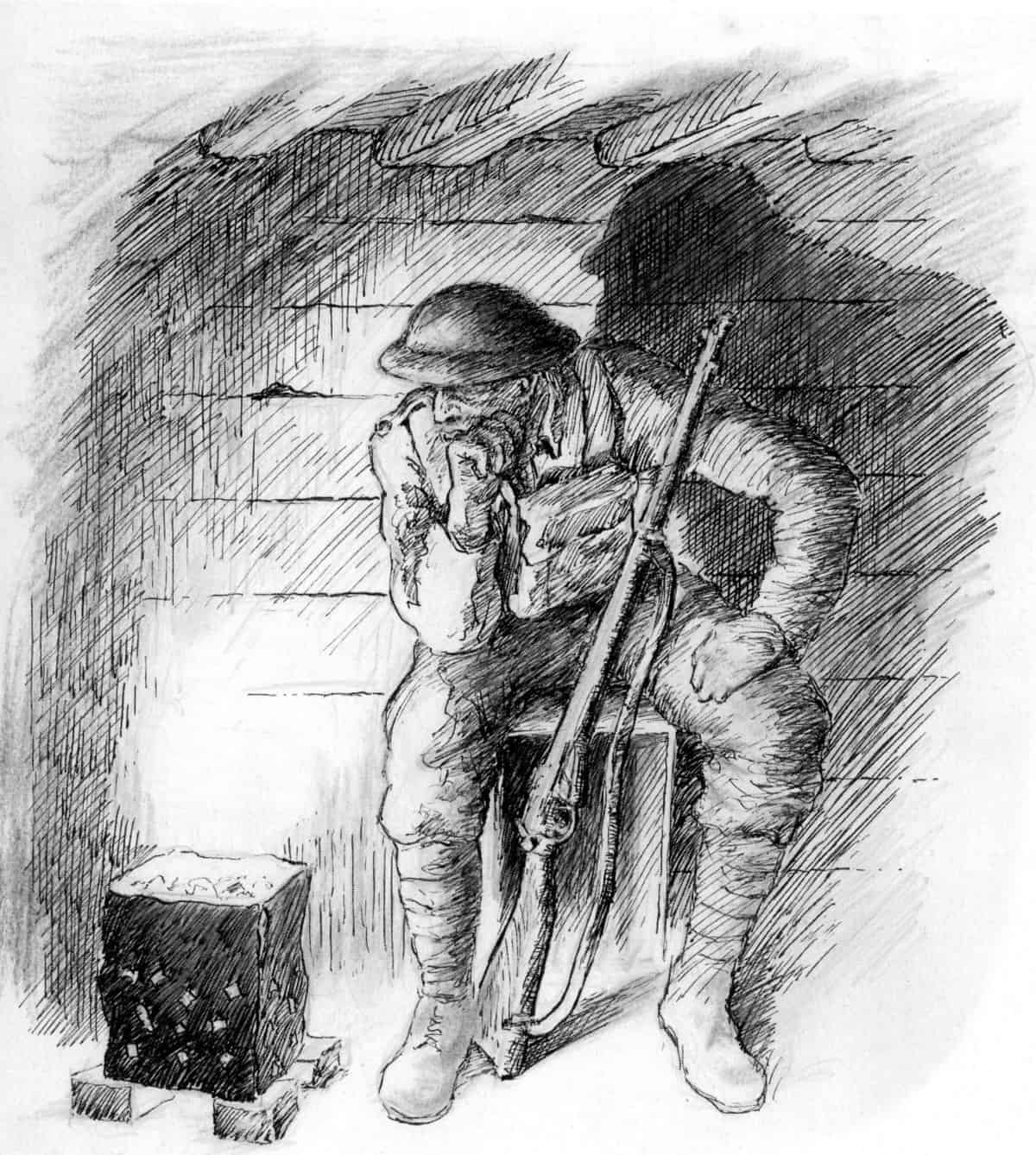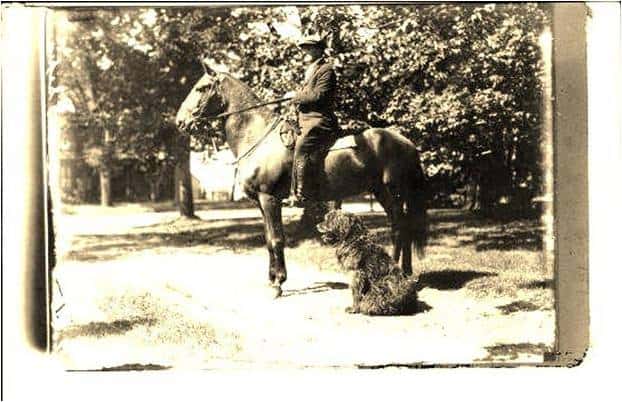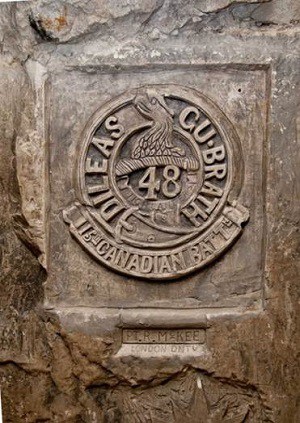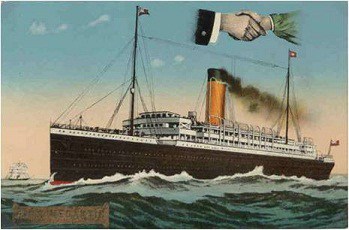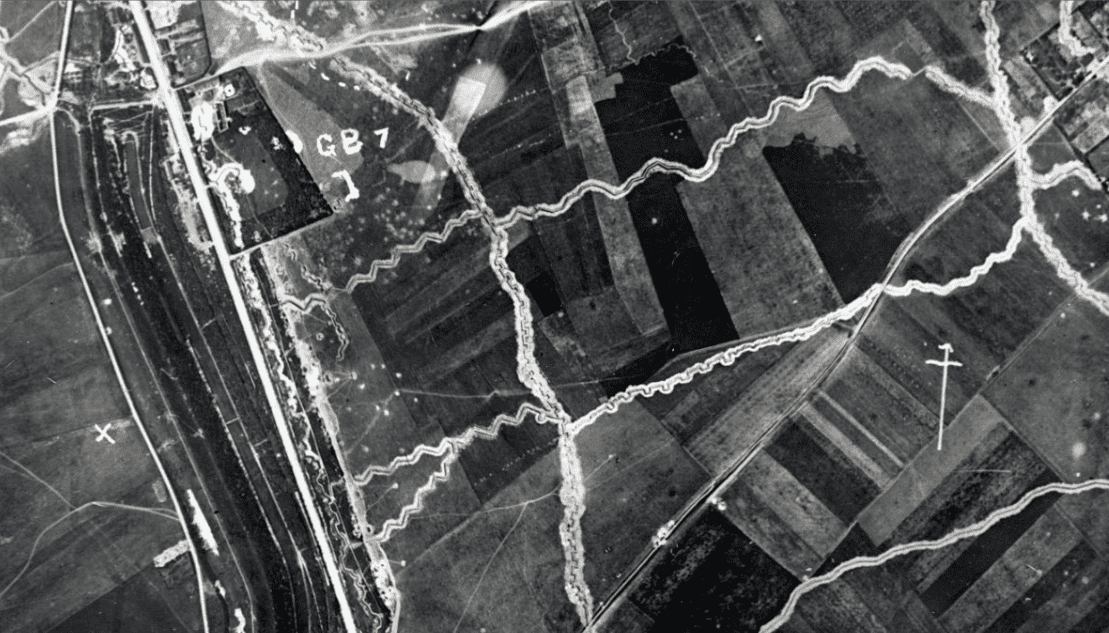This page covers appointments, attachments, postings and promotions within the Canadian Expeditionary Force (CEF).
Creation of the CEF and the the Exercise of National Command and Administration. The architect of the CEF from the assembly of the First Contingent which included the 15th Battalion (48th Highlanders) at Valcartier during August 1914 and the fielding of 1st Canadian Division in early 1915 was Major General Sam Hughes, Minister of Militia and Defence. The eccentric, larger-than-life MP for Victoria-Haliburton and former Commanding Officer of the 45th Victoria Battalion of Infantry drove the creation and deployment of the CEF. In doing so he basically side-lined the Militia staff in Ottawa and threw out its mobilization plans. By design he separated the establishment and personnel functions of the CEF from Canadian Militia and its Headquarters. Recruiting of the CEF was done through existing Militia units. Many, including the 48th Highlanders saw the CEF battalions they recruited as additional units of their Regiment. However, once they arrived at Valcartier they became part of the CEF which was completely separate from the Canadian Militia. Appointments and promotions were strictly controlled by Hughes, initially by himself, and as the force grew, through a small Canadian Section within General Headquarters in London. Later, in 1917 the Ministry of Overseas Military Forces of Canada (OMFC) was initiated to bring the administration of Canadian Forces overseas more closely under Canadian control. A memorandum to the War Office in November stated that in future it was planned to have “all questions relating to appointments, promotions, transfers, exchanges, recalls and demands for officers, affecting the Canadian Forces in the Field, pass from the senior officer of the Canadian formation concerned direct to the Canadian Representative, GHQ for transmission to the Minister, OMFC…. and not pass through the higher British commands with which the Canadian formations are serving”.
Ranks: Acting, Brevet,Temporary and Provisional and Permanent. The topic of ranks and appointments during the great War can become complex. In part this was due to the very decentralized form of the pre-war militia, where Officers Commanding battalions had considerable latitude. The outbreak of war presented new challenges. The new Canadian Expeditionary Force (CEF) would be expected to serve alongside and often under command of British troops. The immediate concern was to ensure that Canadian officers should be given status equivalent to their British regular army counterparts. Thus, except for the first contingent all officers in the CEF and all promotions were gazetted in England in the same manner as British Officers. In 1915 British Army Orders confirmed this equivalency of rank and seniority. However, a unique feature of CEF ranks was that they would have no bearing on ranks held in the Canadian Militia. This was intended to ensure that the Canadian Militia would not be overwhelmed by an influx of senior ranks in a period of post war downsizing. This approach also saw the confusing rank structure of the Canadian Militia replaced by the rank structure of the British Expeditionary Force for all serving in the CEF. The most noticeable change was the replacing the single Canadian Warrant rank (a crown) replaced with two grades Warrant Officer Class 1 (WO1) and Warrant Officer Class 2 (WO2). It was around this time that the appointment of Regimental Sergeant Major was created.
Appointments and Postings. The term “posting” that is commonly used today to formally record the move of a Canadian soldier or officer out of one unit to another does not apply in CEF context. It was not used during this era. The equivalent in the day would be “Appointment”. In researching records throughout this site such as Part 2 orders and in Library and Archives files it is common to see the effective date a new Battalion OC arrived to take over described in terms of “Appointed to Command” and his promotion described as “to be Lt-Col and an effective date. This form of entry will be found in Part 2 orders at unit, brigade, division and corps levels and most for Lieutenant-Colonels and above will also be found in entries within the London and Canadian Gazettes.
Ranks, Appointments and Establishments. Each unit in the CEF had an establishment that defined clearly the number of officers and soldiers by rank. Positions are normally filled according to rank. This particularly effected higher ranks because in most units there was a constant flow in and out of reinforcements, evacuees and newly qualified officers and senior NCOs arriving. The various categories of rank that were tracked and confirmed by the chain of command allowed OCs to manage the key appointments in their battalions. At first blush this was not easy in a unit like the 15th Battalion that for much of the War had only one major – the 2iC who in todays unit would be part 2iC waiting to assume command and part operations officer. Within the 15th Battalion, both Majs Girvan and Forbes were frequently and for substantial periods appointed to “Temporary Command” with “Acting Rank”. Among the categories of rank used in the CEF are listed below.
Permanent Rank. Also in modern times referred to as “substantive rank.” While a soldier may receive appointments within this rank level, or accorded acting or temporary rank, when the requirements for those appointments ended he reverted to his permanent rank.
Acting Rank. An officer or soldier could be appointed to an acting rank to fill short term vacancies in a unit’s officer establishment. Normally used when the soldier being replaced was expected to return but the local replacement needed the rank and authority to fulfill the duties of the position efficiently.
Temporary Rank. Temporary rank might be granted to an officer or soldier when the rank was at a level required for the position being assigned. Promotion to temporary rank is most often seen in relation to officers being placed in positions of command for which they do not hold the appropriate substantive rank.
Provisional Rank. This was another rank category which was effective only while the conditions of employment were maintained. Changes such as the movement of units or large drafts of reinforcement officers from Canada to England would see those holding provisional ranks revert to their permanent grades before reassignment to another unit and new duties. An instructions issued Governing Organization and Administration, 1916 stated that “All NCOs appointed to the CEF will hold provisional appointments only, so that they can be reverted at any time when the interests of the service so require. They will not be confirmed in rank until after the unit arrives in England.”
Brevet Rank. Prior to the First World War there was provision for Brevet rank that for the most par allowed an officer to be jumped two ranks for reasons related to his employment. For example a promotion entry might read “Capt and Brevet Major to be promoted Lt Col and appointed to/as…usually a command requiring special qualifications ie a surgeon, judge advocate or engineer. There was a provision to allow for Brevet promotion for gallantry in the field. However as the War continued it was overtaken by the system that evolved allowing for Temporary/Acting Rank to be granted expediently where/when required and a system that allowed for the commissioning of non-commissioned officers to be trained in England and commissioned quickly. Brevet promotions were more widely used within the US Army.
Attachment. This term encompasses leaving the unit for a short period on a duty or task that is temporary or short term. It is normally an arrangement tasked from a higher formation or locally arranged by two OCs. The individual remains on strength of his unit which administers his pay as well as all other personnel transactions. There are many examples of this in the Postings and Attachments diary below that include soldiers going on training, the Pipe Band being attached out to perform on a brigade or divisional parade and a range of other duties.
Command. Appointment to command of a unit often, but not always combines the promotion and appointment functions. When trying to answer the question ‘Who commanded the 15th Battalion’ (or any other element of the CEF’, there are always questions whether to distinguish whether between the list those who were formally appointed and or those who actually exercised command in action. Click HERE for more information on the officers who commanded the 15th Battalion.


